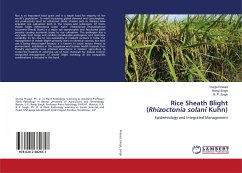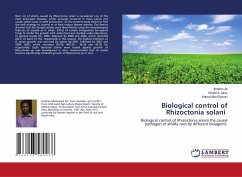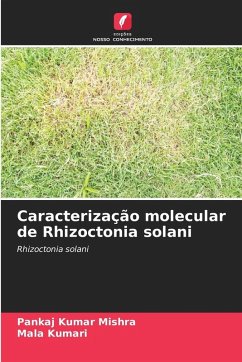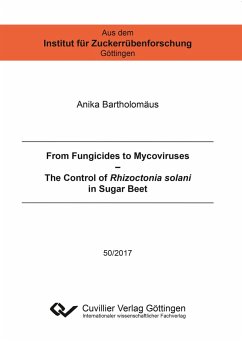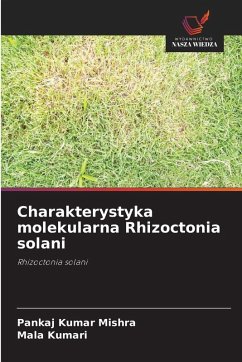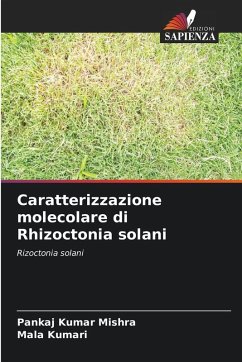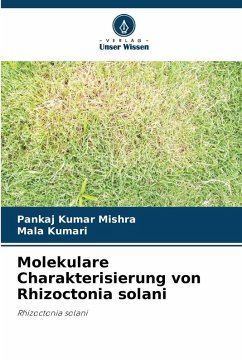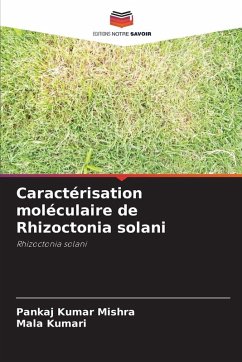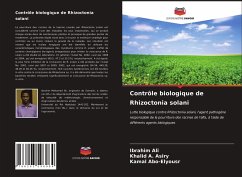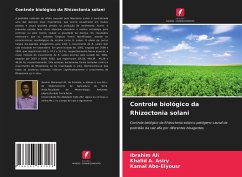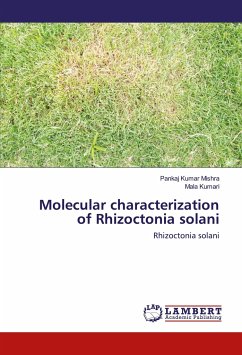
Molecular characterization of Rhizoctonia solani
Rhizoctonia solani
Versandkostenfrei!
Versandfertig in 6-10 Tagen
36,99 €
inkl. MwSt.

PAYBACK Punkte
18 °P sammeln!
Rhizoctonia solani (Kühn) (Teleomorph: Thanatephorus cucumeris (Fr. Donk) is a destructive ubiquitous soil-borne fungus comprising plant parasite and saprophyte with a wide host range. It exists in nature as a different group in terms of the number of nuclei in the cells, its culture feature, hosts and virulence. The genus Rhizoctonia has long been taxonomically problematic. At present, 14 anastomosis groups (AGs), are recognized with distinct physiology and genetic composition exist. Although the anastomosis method is accurate, valid and currently used, it is sometimes impossible to determin...
Rhizoctonia solani (Kühn) (Teleomorph: Thanatephorus cucumeris (Fr. Donk) is a destructive ubiquitous soil-borne fungus comprising plant parasite and saprophyte with a wide host range. It exists in nature as a different group in terms of the number of nuclei in the cells, its culture feature, hosts and virulence. The genus Rhizoctonia has long been taxonomically problematic. At present, 14 anastomosis groups (AGs), are recognized with distinct physiology and genetic composition exist. Although the anastomosis method is accurate, valid and currently used, it is sometimes impossible to determine to which AG an isolates belongs by anastomosis, because certain isolate do not anastomose with representatives of any known AG while some isolates have lost their capability to self-anastomose. An anastomosis grouping is a convenient but not the ideal method for classification of R. solani. The various molecular methods used for classification of Rhizoctonia spp. include isozymes, fatty acid analysis, karyotyping, DNA fingerprinting based on molecula markers proved promising.



